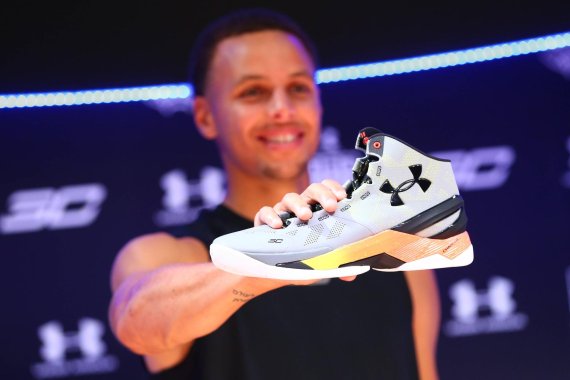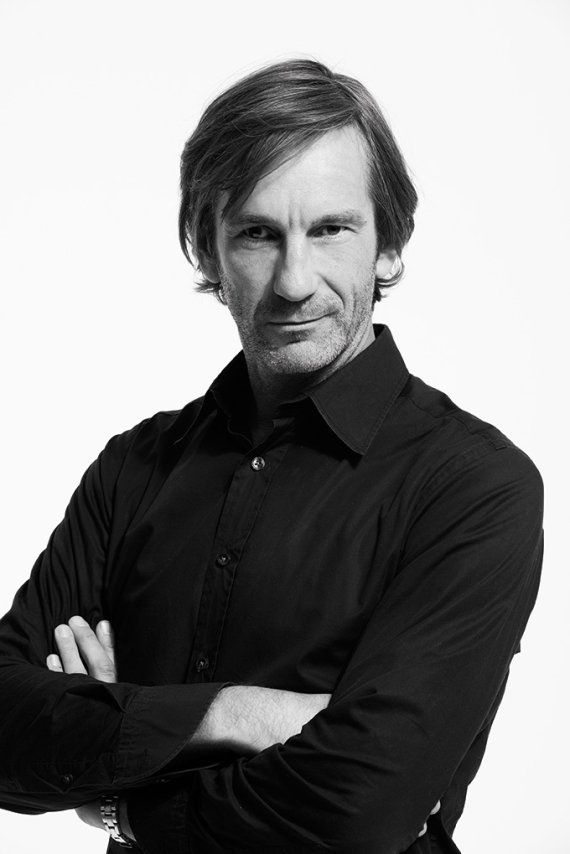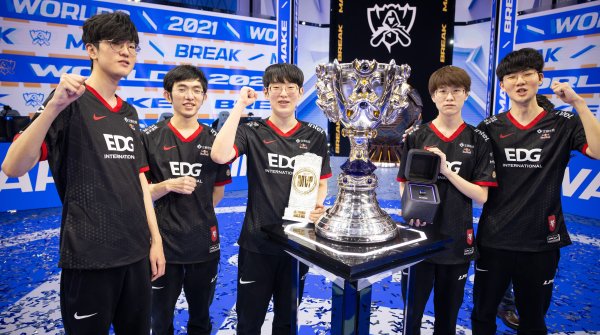
The marketing specialist has also identified a clear winner among sports brands when it comes to digitization.
Interview with Peer Hartog
ISPO.com: Mr Hartog, what does change branding imply?
Peer Hartog: The term "change branding" is generally understood to describe a brand's digital transformation, that is developing and expanding to cross- and multi-channel communication. However, if a brand lacks a clearly defined use, clean-cut position, and relevant attitude, it will not succeed in the digital era.
Changes often need to be made at an earlier stage, such as with the product and brand strategy including the brand's position and essence, with the logo, corporate design and communication strategy.

Does the process of digitization call the entire brand concept into question?
Digitization changes the way in which consumers perceive and experience brands. In the past, brands engaged in rather one-sided communication with customers: brand presents information, consumer absorbs it. These days, communication goes both ways, engaging the brand, its consumers, and other consumers.
This means that product performance, service, and price have become completely transparent. Consumers are more savvy and can no longer be fooled. So brands must demonstrate a thorough level of consistency and authenticity, as well as use all media channels to communicate their values.
Brand management needs an attitude
How can brands develop a stringent, cross-media level of communication?
The key to developing a clear, sophisticated brand and communication strategy and attitude is knowing the essence of your brand inside out. Experience tells us: Successful brands have good products, extremely successful brands have an attitude. It is essential to display this attitude consistently and across all channels, and to always be ready with a surprise or two.
Does this mean that every employee has a role to play in this process of change?
Each employee must internalize and embody the essence, the ideas of the brand. Even the best brand strategy has no influence if all of this exists only on paper.
The brand essence in a nutshell
When should sports businesses start engaging with the topic of change branding, at which point should the "alarm bells" start going off, before it is too late?
For example when employees, retailers, and consumers are unable to sum up what the brand stands for in one sentence. You are heading for a close shave if, like Adidas, your rivals (in this case Under Armour) are already breathing down your neck.
So how can companies develop a successful change branding and how can they calculate the costs?
Before we address the HOW, we should talk about the WHAT. WHAT is the brands "raison d'être"? What are its origins, its essence, what vision and socially relevant attitude has it adopted? Once these aspects have been clarified, then we can move on to the HOW, that is the brand's presentation and visual appearance. Of course, the costs cannot be assessed out of context – they need to be calculated depending on what is invested in the brand.
Change branding: Under Armour shows how
Which sports or outdoor companies have successfully completed this change process and what led to their success?
It would be necessary to get a look at the numbers and key data in order to provide a reliable assessment. However, Under Armour has most definitely emerged on top for me, doubling its turnover every three years and moving from its position as a specialist provider of football underwear to being hot on the heels of Nike and Adidas.
Under Armour has already overtaken Adidas in the USA. One reason for the company's success is likely to be its clear-cut attitude, analogous to "You can fight your way to the top", which matches the brand's history and core values. These continue to be willpower, assertiveness, and courage.
One interesting point is that Dove, a body care brand, is showing sports brands how adopting a consistent attitude in your genre is done. Dove's Olympics campaign highlighted how many female athletes are still judged by their appearance by the press.
A very consistent and convincing attitude. Since repositioning itself in 2006, Dove has adopted the attitude "We believe in real beauty" – and has achieved what is perhaps the most successful brand relaunch in post-war history.
Soak up valuable expert advice on digitization in ISPO ACADEMY's webinars. Take part now! >>>
Video: The sports industry's digital challenges
 Sports Business8 trends that are changing sports sponsorship for good
Sports Business8 trends that are changing sports sponsorship for good




